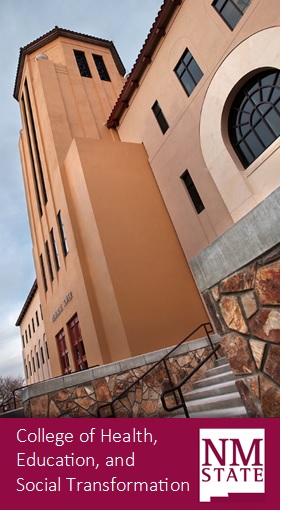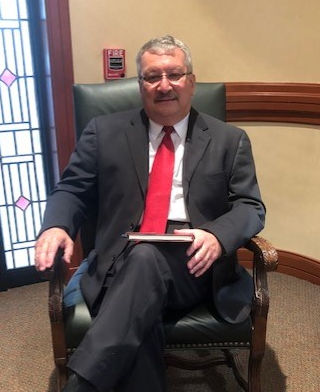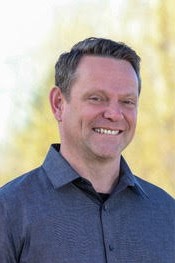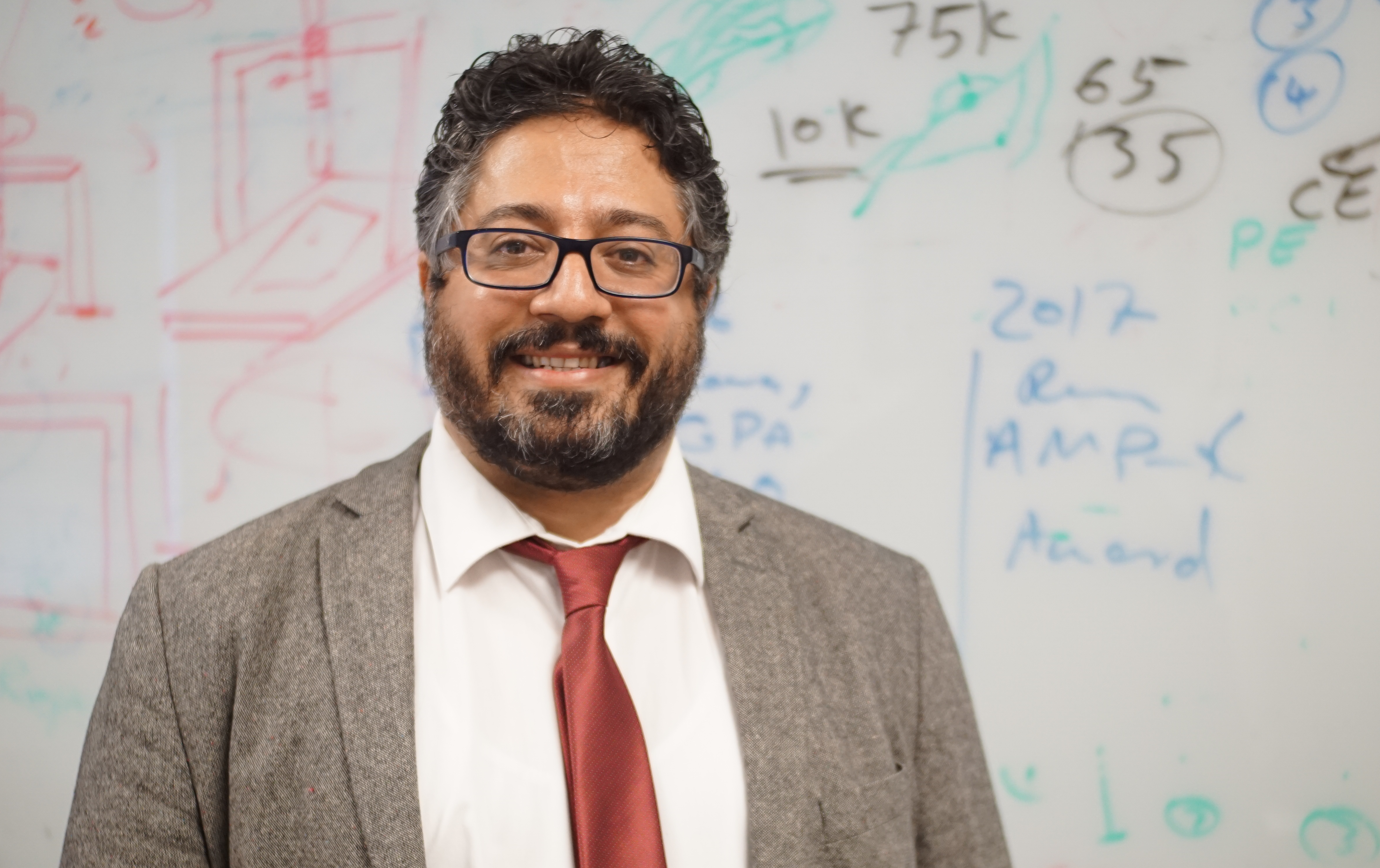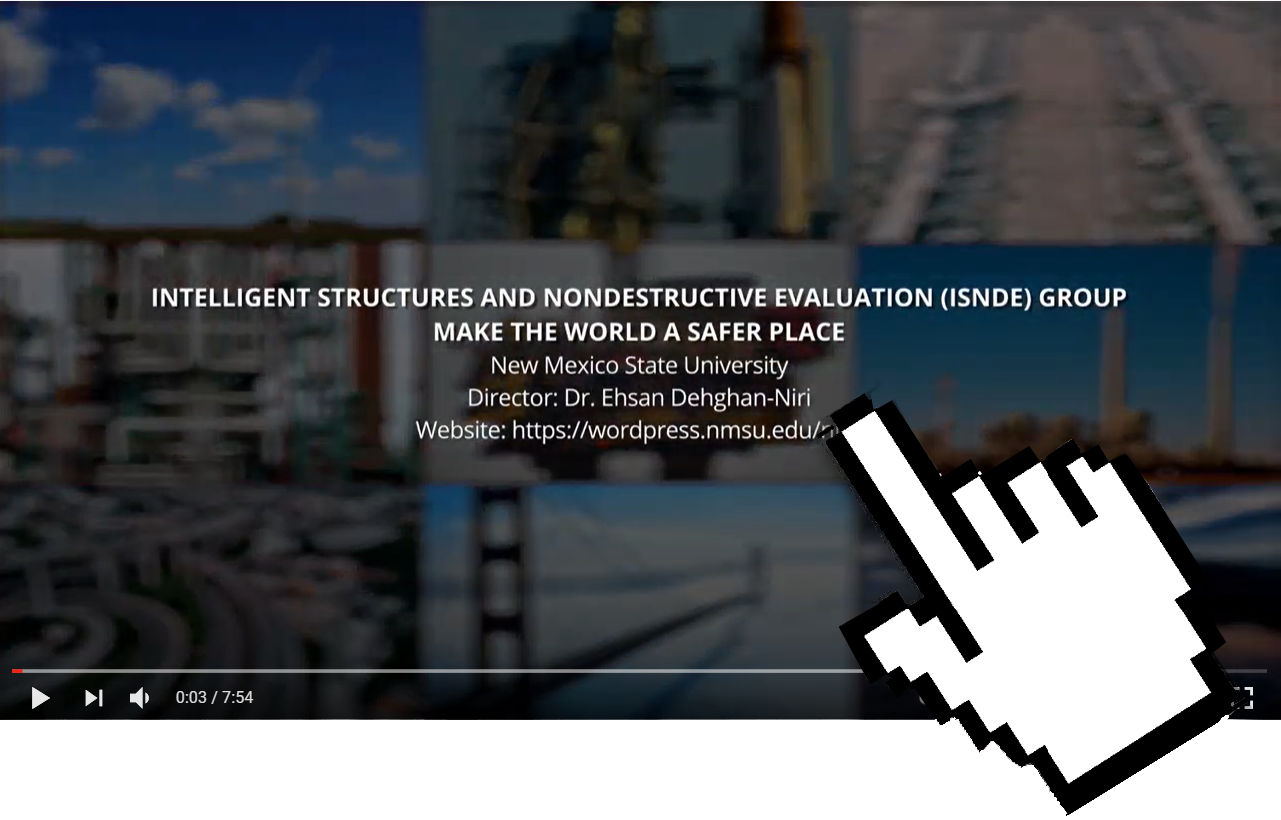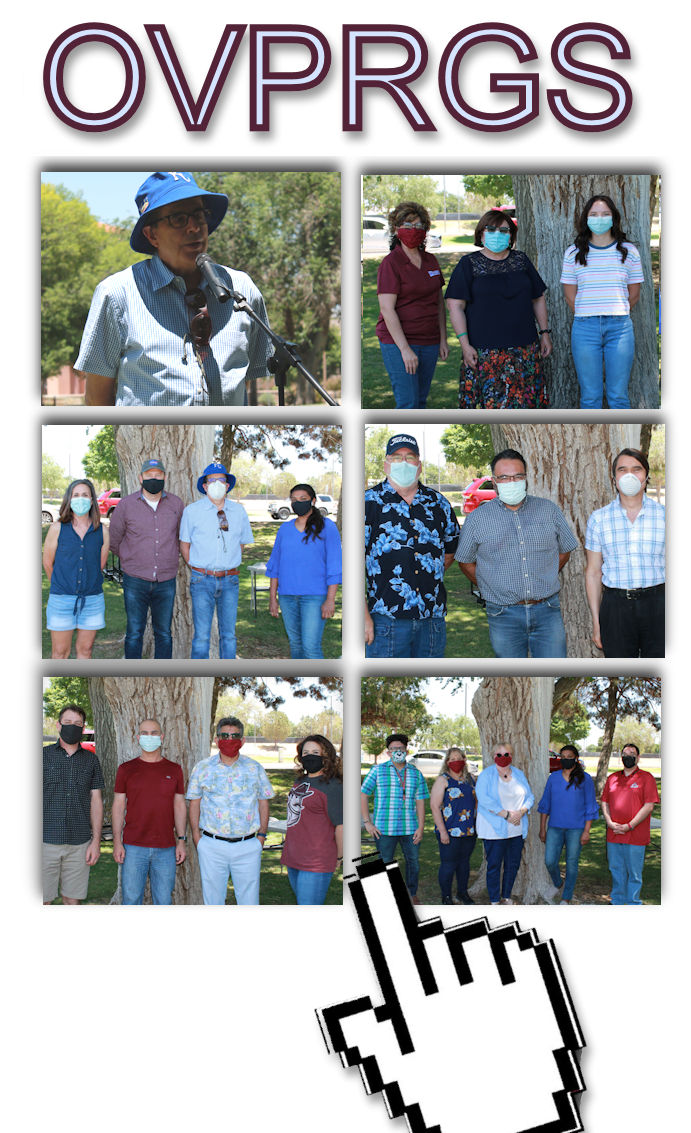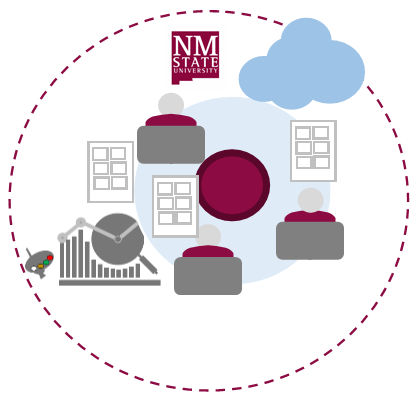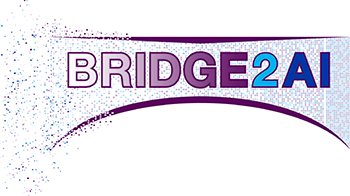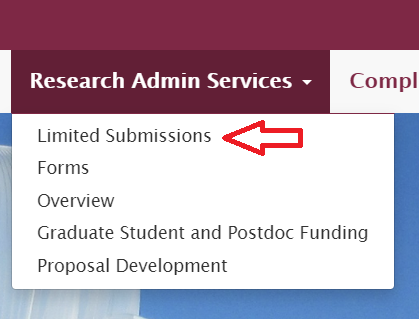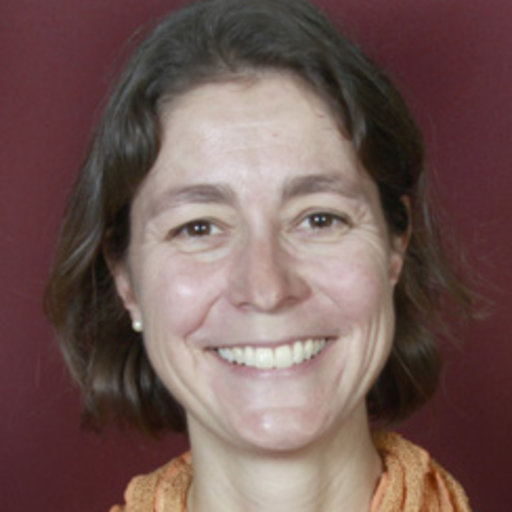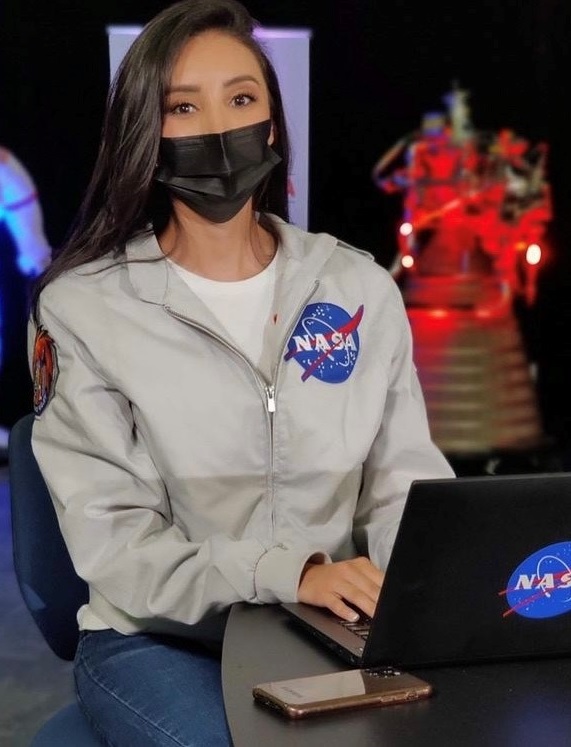 |
|
New College Offers Opportunity to Rethink Teaching and ResearchBy Dr. Luis Cifuentes, Vice President for Research and Dean of Graduate School
“Many fields of science now require large teams to accomplish anything worthwhile … However, teaching in traditional universities [Colleges] generally remains mired in the ‘artisan’ modality because that’s the only viable approach in a strongly decentralized system.” William F. Massy in Reengineering the University.
On May 14, 2021, the New Mexico State University (NMSU) Board of Regents approved combining the College of Education, the College of Health and Social Services, and the Department of Sociology, to a new college henceforth known as the College of Health, Education and Social Transformation. Moving into the final month of fiscal year 2021, the combined College has received over $12 million in awards, and looks to contribute to two of NMSU’s institutional research strengths: biomedical sciences and transforming STEM education, and two emerging research strengths: biomedical informatics and telehealth and space commercialization.
NMSU LEADS 2025 tactic 2.1.3 challenges us to develop interdisciplinary academic degrees aligned with research capabilities in emerging areas. Our vision to achieve the highest Carnegie research status (R1) demands greater non-STEM research expenditures and more social science PhDs. In time, this new, innovative college will contribute to both of these.
For the most part, development of new academic programs is decentralized. In turn, attribution of effort in both interdisciplinary research and interdisciplinary teaching and learning is often not kind to evaluation of faculty, their promotion and tenure, and their rewards (i.e., salary increases). Consequently, interdisciplinary academic programs develop slowly, if at all. However, in a June 2020 Frontiers in Education article, Susan Drake and Joanne Reid noted that “[t]he 21st century competencies are recognized internationally as crucial skills for students, and integrated/interdisciplinary curriculum (IC) is recognized as an effective teaching/learning model to address these skills.” NMSU must find ways to reward faculty for creating academic programs that prepare students with 21st century skills.
The research enterprise has been addressing interdisciplinarity for decades. Interdisciplinarity has expanded significantly from intra-departmental research collaborations to what is now known as convergence research designed to tackle specific and compelling problems through deep integration across disciplines and sectors (e.g., universities, non-profits, government agencies, industry).
The College of Health, Education and Social Transformation is primed to find solutions to global challenges – pre-K through 20 education, healthy borders, health disparities, sustainability, and economic development – with local impacts. It can also lead NMSU in the integration of curriculum by organizing into schools that eliminate castles and moats and instead create a myriad of paths linking each other through teaching, learning, research and service. The Office of the Vice President for Research and Graduate School looks forward to working with the new college and sharing best practices that can be translated from the research enterprise. We need to become better at creating academic programs that align with the convergent research we are asked to conduct.
|
|
Dr. Luis Vázquez' Retirement
By Michelle Gavin, Research Integrity Coordinator
NMSU Institutional Review Board (IRB) acknowledges Dr. Luis Vázquez' years of contribution to NMSU community of researchers, faculty, and students. His presence and commitment as an educator, mentor, and leader have made a lasting impact on our community and nationally through his involvement with the American Psychological Association. His vision and insight not only provided direction for the institution but identified a well-defined strategic plan and mission for the offices he managed. His guidance and mentoring to individuals and colleagues provided invaluable support for personal growth, encouragement, and empowerment of team contributions and achievements. The NMSU IRB and Office of Research Integrity and Compliance staff and committee members wish Dr. Vázquez a very happy retirement and best wishes in his future endeavors. |
Dr. Luis Vázquez, Retired Associate Vice President for Graduate Studies
|
NMSU Welcomes Dr. Robert Young as the New Director of the Chemical Analysis and Instrumentation Laboratory
By Hamid Mansouri Rad, Senior Proposal Development Specialist, RAS
NMSU and the OVPR Research Cores Program welcome Dr. Robert Young as the new director of the Chemical Analysis and Instrumentation Laboratory (CAIL). Dr. Young holds a Ph.D. in Soil and Crop Sciences from Colorado State University (CSU) where he studied environmental analytical chemistry and organic photochemistry.
Dr. Young describes his path to the sciences as “anything but traditional." He studied finance as an undergraduate, and received a BBA from the University of Texas in Austin. Then, he studied law at Columbia University in New York, and practiced law as a business and tax planning lawyer for more than 10 years. He made a career change after he became more interested in human and environmental health than in business mergers and acquisitions, and “couldn’t be happier!” he states.
While earning his PhD, he worked as a graduate student intern in the Southern Nevada Water Authority’s Water Quality Research and Development department, which provided him the opportunity to work extensively on water quality and water treatment projects involving pharmaceuticals, pesticides, and other trace organic contaminants. After earning his PhD, he worked as a postdoc at Aarhus University in Denmark, where he used gas-chromatography high resolution mass spectrometry to analyze seal blubber and other biological samples for persistent organic pollutants. Before joining NMSU, he was a research scientist at CSU.
Welcome to NMSU. Please tell our readers about your work at CSU.
"At CSU I was engaged in a wide range of projects, from blood serum metabolomics to groundwater remediation through soil mixing with zerovalent iron. I also collaborated extensively with the National High Magnetic Field Laboratory at Florida State University, using ultrahigh resolution mass spectrometry to analyze complex chemical mixtures, such as petroleum hydrocarbons and natural organic matter, which contain many thousands of different molecules in every sample. This inspired me to learn R and other open source software programs for analyzing large amounts of chemical data."
What are your research interests?
"I am especially interested in nontargeted chemical analysis techniques, which combine high resolution chromatography and mass spectrometry with advanced data analysis and statistical techniques to study metabolomics, proteomics, water quality, fuels, and other subjects. These techniques use advanced instrumentation to collect as much high-quality chemical data as possible, and then rely on computational approaches to identify molecules of interest in different samples or treatments. The use of these techniques will also create new opportunities to collaborate with NMSU’s High Performance Computing facility, another Research Cores Program facility."
Tell us about your plans for the CAIL.
"CAIL has performed research in interdisciplinary collaborations across NMSU, with national laboratories, and with universities in the U.S. and abroad. I plan to continue what CAIL has always done well, while expanding into CAIL’s new role as a Research Cores Program (RCP). Our goal is to expand CAIL’s services and develop a user program to serve the needs and interests of the broader NMSU research community. I will also be developing my own extramurally funded research program to take advantage of NMSU’s amazing facilities while working in collaboration with NMSU’s impressive research community."
“The Research Cores Program is extremely fortunate that Dr. Young will be our next director of CAIL,” states Dr. Tanner Schaub, the Research Cores Program director. “He brings some exciting skills to the laboratory, including R programming for data analysis, broad chemical analysis skills including ultrahigh-resolution mass spectrometry experience, and an impressive grant-writing background,” he adds. Dr. Young can be reached at rbyoung@nmsu.edu. To learn more about the new Research Cores Program please visit https://research.nmsu.edu/RCP.html
|
Dr. Robert Young, Director, Chemical Analysis and Instrumentation Laboratory, NMSU
|
Civil Engineering Assistant Professor Obtains NSF CAREER Award
By Hamid Mansouri Rad, Senior Proposal Development Specialist, RAS
Congratulations to Dr. Ehsan Dehghan-Niri on his NSF CAREER award for the proposal titled, "Understanding the Exceptional Near-Field Auditory System of the Aye-Aye one of the Most Unusual Primates in the World." Through this project, Dr. Niri aims to pioneer sensing and nondestructive evaluation methods inspired by biological systems with grassroots education to revolutionize infrastructure inspection and manufacturing quality control in the U.S.
Dr. Niri earned his Ph.D. in Civil and Structural Engineering from University at Buffalo (2014). He joined NMSU in 2017 and prior to that he was a research scientist at General Electric. Dr. Niri's research interests include:
Dr. Niri leads the Intelligent Structures and Nondestructive Evaluation Group in the Department of Civil Engineering. For more information about this project, contact Dr. Niri at niri@nmsu.edu.
|
Dr. Ehsan Dehghan-Niri, Assistant Professor of Civil Engineering, NMSU |
OVPRGS' First In-Person Meeting
For the first time in more than a year the Office of the Vice President for Research and Dean of Graduate School (OVPRGS) held an in-person meeting on campus while observing CDC guidelines regarding gatherings outdoors during COVID-19 pandemic. |
|
Research Enterprise System Update
By Phillip De Leon, Associate Vice President for Research
As reported to the Council of Associate Deans of Research (CADRe), University Research Council (URC), NMSU Executive Team, and others, the OVPR has been working for over a year on procuring a new research enterprise system. We expect to release more details on the procurement and the system next month. In preparation for the implementation and rollout of the new system, OVPR has been laying the groundwork for a transition from existing systems such as ARGIS and Maestro to the new system. To that end, these research systems which resided on servers within Anderson Hall and maintained by OVPR/Research IT personnel have been moved to servers maintained and administered by ICT and are now accessed via the URLs https://argis.nmsu.edu and https://maestro.nmsu.edu. Maintenance and administration of the ARGIS application and database will be carried out by ICT and quarterly reports from ARGIS will be carried out by the OVPR as we migrate to the new enterprise system. For those units that have received monthly reports please note the new change to quarterly reporting. Updated information on ARGIS can be found at https://research.nmsu.edu/argishelp.html. At this time, there are no expected changes to Maestro (other than the URL). We look forward to implementing and providing state-of-the-art systems in support of researchers and the staff that support researchers. |
|
NIH Bridge to Artificial Intelligence Program
By Hamid Mansouri Rad, Senior Proposal Development Specialist, RAS
The National Institutes of Health (NIH)’s recently established Bridge to Artificial Intelligence program is seeking proposals to produce flagship datasets “based on ethical principles, associated standards and tools, and skills and workforce development to address biomedical and behavioral research grand challenges that require artificial intelligence and machine-learning analysis.” As indicated in the Data Generation Projects funding announcement, NIH is considering an approximate budget of $96 million over a four-year period and plans to make five to eight data generation awards. NIH may combine proposed modules with modules from other data generation projects to create the Bridge2AI Consortium. NIH strongly encourages applicants to participate in the upcoming Grand Challenge Team Building Activities taking place between June 9, 2021 and June 23, 2021. The purpose of the activities are to 1) understand the spirit of the Bridge2AI program, 2) understand the components of the funding opportunities, and 3) find potential collaborators to complete the diversity of expertise required to prepare and collect data around biomedical and/or behavioral grand challenge(s). To register for the team building activities, click here.
Applicants interested in submitting proposals to the Data Generation Project program must submit a letter of intent by July 20, 2021. The deadline to submit full proposals is August 20, 2021.
|
|
Limited Submission Funding OpportunitiesBy Hamid Mansouri Rad, Senior Proposal Development Specialist, RAS
Research Administration Services maintains a list of limited submission funding opportunities for NMSU research community. The list is accessible through a link on the Research website, through the Research Administration tab. NMSU users can also access the list directly on SharePoint. We encourage NMSU researchers to periodically visit the site and if they are interested in any of the opportunities to please inform us by sending email to ras@nmsu.edu. |
|
Pivot Funding Opportunity Database
This is a reminder that in order to assist NMSU faculty and staff in locating external funding opportunities, the OVPRGS has purchased a subscription to ProQuest’s Pivot software available at https://pivot.proquest.com/session/login.
To request a one-on-one or group Pivot training, send email to hamid@nmsu.edu. |
|
Graduate School |
|
Hybrid Models and NMSU
By Dr. Carol Flinchbaugh, Associate Professor of Management and Graduate School Faculty Fellow
Numerous reports across all industries acknowledge that the pandemic has sped up the changes to our ways of working. Most reports acknowledge that we are not going back to the life and work we knew only two years ago. Instead, leaders must take advantage of this unparalleled opportunity emerging from synergies in new technologies, virtual communications, telework, and hybrid ways of working and learning. Lynda Gratton, a Professor at the London Business School, is encouraged by the potential of these changes and states that “if we can get it right, (hybrid models) will allow us to make our work lives more purposeful, productive, agile, and flexible.” (https://hbr.org/2021/05/how-to-do-hybrid-right). Adapting to hybrid ways of working could be equal parts exhilarating and exasperating.
The changes in hybrid models will impact the NMSU community in both the research questions we examine, the graduate courses we offer, and how we effectively deliver both to our students. There are numerous reasons why NMSU is positioned to make this shift exhilarating to students, staff, and faculty. As an institution, we were agile in delivering our classes in new formats and offering work-from-home benefits in response to the pandemic. However, before the pandemic, we intentionally offered degrees synchronously, such as Education and Design with Learning Technology (EDLT), and committed resources to new Digital Learning Initiatives. Our flexibility in the hybrid domains continues this fall as we will be offering ten new on-demand courses, and eight HEERF submissions were targeting research in the hybrid space. Indeed, the hybrid ways of learning and working will not impact all our programs and workspaces. However, we are in an exciting place and time where we need to assess our current forms of research and teaching to address the dynamic times. This assessment is a time to reflect on multiple opportunities: How does our research inform this new way of working? How can our teaching improve from new technologies? How can we continue to develop interpersonal skills effectively through digital tools? How can we provide courses and certificates that allow learners to upskill quickly? How can we make sure we are inclusive in our new approaches? Such reflections are simply the start of our reflection and dialogue that will be necessary to make sure we “can get it right” and be “more purposeful, productive, agile, and flexible” in what we offer our students.
Dr. Flinchbaugh can be reached at cflinch@nmsu.edu. |
Dr. Carol Flinchbaugh, Associate Professor of Management and Graduate School Faculty Fellow, NMSU |
Aggie Alumni Profiles: Kristen Leyva
By Miguel J. Vigil III, Senior Student Program Coordinator
NMSU has a long tradition of honoring its alumni. To this end, the Graduate School is launching alumni profiles to highlight just how far Aggies go in the post-grad school world. Profiles will be published on the Grad School’s website periodically. Below is our first interview with Kristen Leyva, Class of 2019.
Why did you choose NMSU Graduate School? I chose NMSU Grad School for many reasons, the main one being that I had such a great experience with NMSU while pursuing my bachelors degree in mechanical engineering. Through that experience, I felt that NMSU was a top tier school for engineering. The curriculum as well as the faculty were excellent. I specifically chose to pursue an MS in Industrial Engineering after speaking with many personal mentors as well as faculty who gave the Industrial Engineering Master's program high regard.
What is your current position? I'm a Mission Communication Engineer for NASA's Launch Services Program (LSP) at Kennedy Space Center. LSP is responsible for launching NASA's science and robotic missions. As a mission communication engineer, I handle the payload's communication and telemetry requirements for launch.
What is your biggest accomplishment? In 2018, during my reign as Miss New Mexico USA, NMSU College of Engineering and I partnered to create the Jo Leyva Memorial Scholarship in honor of my late mother who was also an NMSU College of Engineering alum. The scholarship financially aided students in their pursuit to obtain their engineering degrees. A few months into raising money for the scholarship we received an anonymous letter from a recipient of the scholarship who described her goals of working at NASA one day and the impact the scholarship had on her. The positive impact the scholarship has created in lives has been my proudest accomplishment.
How did NMSU prepare you for your field? One of the many great things about NMSU's curriculum is that it is very application oriented and relevant to today's workforce. I also felt that the skills I've gained through completing the program have aided me in every job I've encountered regardless of the specific engineering discipline. Industrial Engineering is a very process oriented field where the main objective is optimizing a process. That skill set has translated within various realms of project management, personal management and even optimizing processes and routines within the workplace.
What did you enjoy most about NMSU? Definitely not the all nighters, but Blake's green chile breakfast burritos on campus and the incredible staff are dearly missed.
|
Kristen Leyva, NMSU alumni and a Mission Communication Engineer at NASA's Kennedy Space Center |
Need Guidance on Securing External Funding? Contact Me!
If you are an NMSU graduate student or post-doctoral scholar needing guidance on securing external funding, please contact me at fee@nmsu.edu. Please also visit the list of current funding opportunities that I maintain and let me know if you have any questions.
Chong-Hwey Fee
|
Chong-Hwey Fee, Proposal
|
Questions and comments regarding NMSU’s Research Digest should be directed to Hamid Mansouri Rad, Ph.D. at hamid@nmsu.edu, (575) 646-6429. |
|
